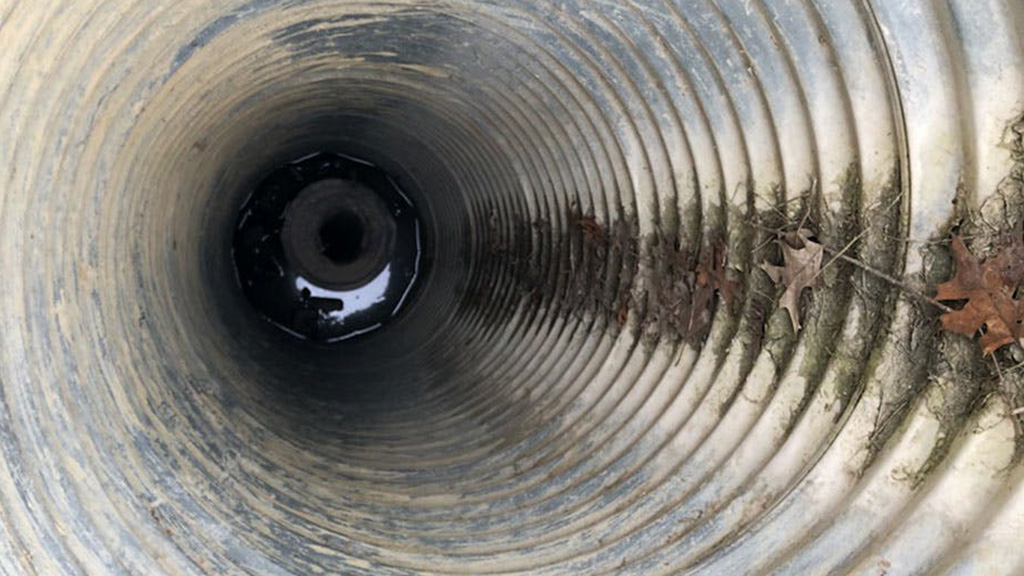On Aug. 26, 2021, an explosion in the town of Wheatley, Ont. occurred, significantly damaging buildings and leaving many injured. With the town evacuated, experts tried to figure out the cause. The first article in this Daily Commercial News three-part series took a look at what has been done since the catastrophe. In part two we examine the remediation efforts and the discoveries made by industry experts.
In December and January, heavy equipment and its crews rolled into Wheatley in Chatham-Kent, Ont.
They were there to demolish buildings and excavate the site of an Aug. 26, 2021 explosion that had levelled one building in the town’s core and caused irreparable damage to others. The blast also injured 20 people and triggered the evacuation of dozens of households and businesses in the surrounding area.
The demolition and excavation were not only essential tools for cleanup but also for finding answers to what caused the gas accumulation that had ignited the explosion. The only way to find out was to remove the infrastructure and — carefully — dig.
By the time the equipment rolled through Wheatley’s streets, Golder Associates, the industry engineering consultant hired by the province, had already been working for months alongside municipal and provincial officials and companies it had contracted to find answers. The company did not respond to The Daily Commercial News’ request for an interview.
Others in the team managing the emergency and investigation included municipal staff such as Chris Case, Chatham-Kent’s fire chief, and Thomas Kelly, the municipality’s manager of infrastructure and engineering.
Don Shropshire, the former chief administrative officer for Chatham-Kent, headed the local team. Also involved in leadership and technical advisory groups were representatives from the Ontario Ministry of Natural Resources (MNR) and Forestry as well as “several provincial ministries…and expert external consultants,” Anita Tamrazi, an MNR spokesperson, says by email.
The province also contracted Theresa Watson, an industry consultant, to advise the municipality and the province on additional safety steps, such as determining the size of the evacuation zone over time and how wind conditions might affect the zone.
At a local public meeting in early November, Jennifer Barton, assistant deputy minister of natural resources and forestry, announced the remediation team had identified three areas of potential environmental concerns.
One was the explosion site, which included the “potential location” of a historical dairy, Barton said. Two others were located beneath a municipal parking lot. They included a vent and the Tait Well, a decommissioned gas well identified on provincial records.
Investigators used ground-penetrating radar and electromagnetic geophysical surveying to hone the Tait Well’s co-ordinates.
To help find answers, the team installed four gas probes near the site closest to the explosion and dug a trench at the Tait Well. When gas bubbled to the surface of the trench, they installed a temporary gas vent and monitored its activity daily.
Investigators employed hydro vac excavation at the site that contained the vent.
They found “a short pipe,” Barton said, “embedded in some of the fill or the backfill materials in that area of the ground.”
Workers removed the pipe and excavated the hole to nine feet.
In January, excavations revealed two more wells — one near the vent in the parking lot and the other next to the explosion site.
Municipal updates describe the well nearest the blast zone as brick “with a small wooden casing extending from the bottom approximately 12 feet below the surface.”
Investigators determined both of these wells were water.
By March, with protective monitoring systems for the entire site now in operation, the remediation team prepared to excavate a fourth suspected area of concern.
Investigators determined the area was not a risk, and in April, the municipality reduced the evacuation zone.
Capping began on the Tait Well in May and was completed by mid-August, by which time work had also begun on plugging the well closest to the explosion. Workers also removed the casing from the other well in the municipal parking lot.
Estimated at nearly a century old, the casing “was heavily corroded,” a municipal news release says.
Throughout the work, “burps” of gas every four to six weeks stalled activity; these also disrupted plans early on to allow residents brief access to their homes to retrieve belongings.
“It was a highly technical and challenging problem,” Kelly, Chatham-Kent’s engineer, told council in January.
Part three of this series delves further into the aftermath, highlighting the costs and potential lessons learned from the disaster.
Wheatley Explosion Part One: ‘When I ran out on the street there was nothing but mayhem’



Recent Comments